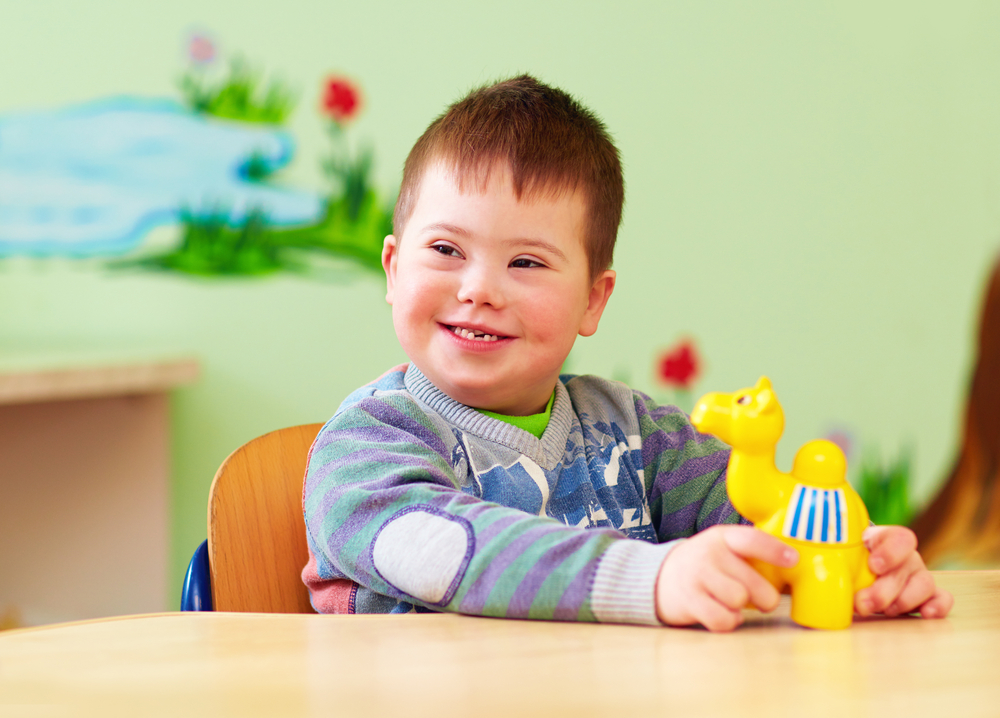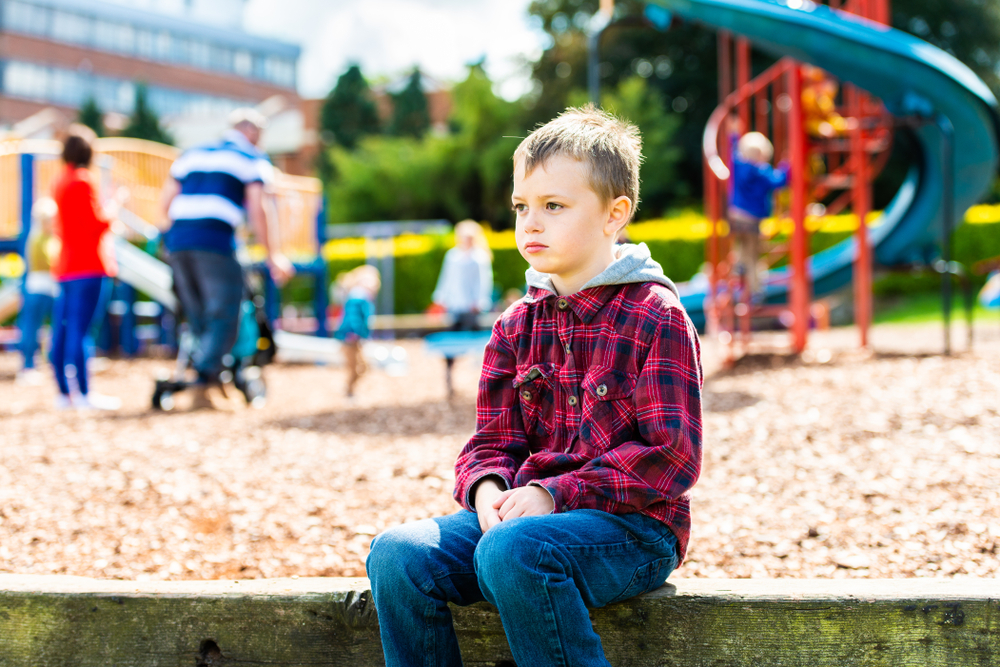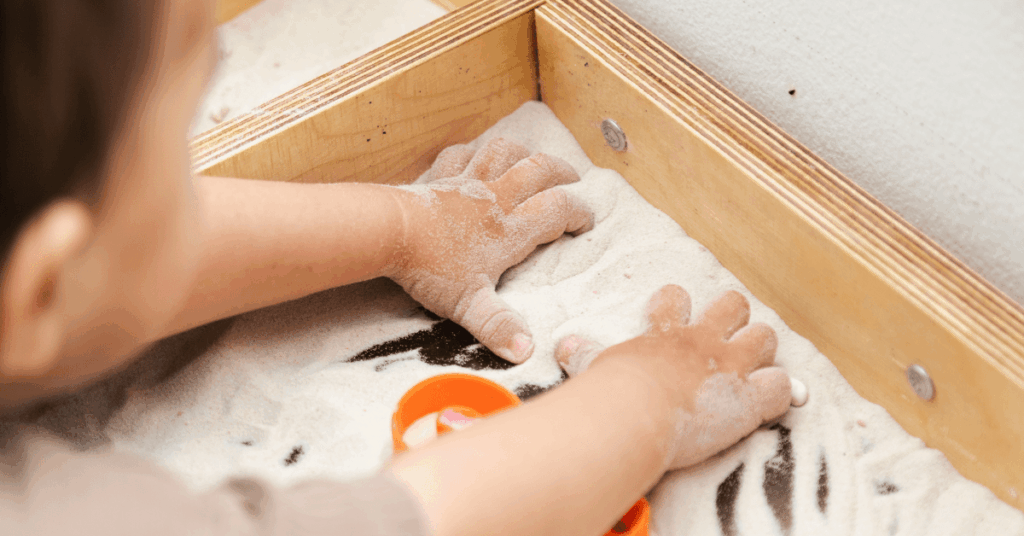Understanding stimming: autism in children
Drumming your leg when you’re bored, biting your nails when you’re nervous, or twirling your hair for the fun of it – that’s what’s known as stimming.
And yes, you probably do it a fair bit.
Stimming is a completely natural act of self-stimulation that almost everyone engages in – often without knowing it.
Here we take a deep dive into what stimming is, what are the signs and when is a good time to intervene.
What is stimming?
Stimming is defined by experts as ‘self-stimulating behaviours’ that present in repetitive body movements, noises, or habits.
There is nothing wrong with stimming and everyone does it at some point, in different ways and, in many cases, without knowing it.
For many, stimming is easily controlled, especially when social cues allow us to realise that our behaviour might be negatively affecting others.
For others, these social cues don’t kick in and that’s when stimming can become a barrier to learning and socialisation.
What does stimming mean for people with autism?
It’s common for children and teenagers with autism to engage in stimming, due to the self-soothing aspects of the behaviour.
Autistic children will often stim in different ways, sometimes more frequently, and more obviously.
Stimming is often triggered in children with autism when they are in a social setting that is perceived by them as overwhelming.
Sometimes their stimming behaviours can be felt and noticed by those around them.
Excessive and repetitive stimming can become a barrier to education and socialisation and should be managed appropriately.

Signs of stimming
Stimming can manifest in many different behaviours.
Some may be very obvious, while other behaviours are more subtle and go mainly unnoticed.
Many people may not realise they are stimming.
For example, someone jigging their leg under the table might be causing others discomfort, whereas the person may be completely unaware of what they’re doing.
Here are some of the most common types of stimming behaviours:
- Biting your nails
- Cracking your knuckles
- Whistling
- Tapping your fingers
- Twirling your hair
- Drumming your leg or foot
- Snapping fingers
- Teeth-grinding
- Playing a song repeatedly
Common stimming behaviours with autism
Children with autism may exhibit stimming behaviours in various situations.
In most cases, stimming is non-invasive and easy to live with.
People on the autism spectrum may engage in stimming behaviours that are less socially accepted and might not always pick up on social cues to stop.
Some of these common stimming behaviours may include:
- Hand flapping
- Rocking back and forth
- Repeating words or sentences
- Covering and uncovering ears
- Pacing back and forth
- Flicking or wringing hands or fingers
- Jumping or bouncing up and down
- Blinking repetitively
- Licking or touching certain objects
- Pulling at hair or limbs
- Spinning in circles
- Opening and closing doors
- Head-banging
- Chewing on objects

What’s the cause?
We are yet to fully understand why people stim, but we do know that autistic people can have trouble with sensory regulation, either with over-processing or under-processing, in reaction to certain stimuli.
With this knowledge, it is thought that autistic children are using these stimming behaviours as a form of emotional regulation, to cope with their sensory and emotional challenges.
These repetitive movements and self-stimulating behaviours can help to distract them from their amplified emotions and/or cope with particularly awkward, uncertain or overwhelming situations.
Is it a negative thing?
Stimming is by no means bad.
Actually, it can become an important coping mechanism and help people on the spectrum deal with difficult or overwhelming situations.
Self-stimulatory behaviour can help people with autism cope by:
- Stimulating certain senses
- Decreasing sensory overload
- Overcoming anxiety
- Communicating impatience or frustration
- Visual stimming – staring into a bright light for a long time
- Diverting or drawing attention from others
- Help distract from physical pain
That being said, stimming can also have negative effects both on the person and those around them.
Here are some examples of repetitive behaviours that can be dangerous or cause harm:
- Excessive or violent head banging
- Punching, pinching or biting
- Rubbing, scratching or peeling of skin or scabs

Knowing when it’s a problem
Considering the unpredictable nature of autism in children, It’s important to recognise these types of stimming behaviours, and know when and how to react.
This often takes an understanding of their likes, dislikes, and triggers.
Stimming can become a problem for the person and others when it becomes constant, dangerous, distracting, or results in negative attention or social isolation from other children.
These negative effects can have implications for their ability to learn and adapt to new social environments.
How kids with autism can manage stimming
Generally, stimming doesn’t need to be managed or stopped.
That’s unless it becomes dangerous or isolating.
If it is causing harm, learning how to help them manage self-stimulatory behaviour is important.
Here’s how kids with autism can help manage stimming:
- Speak to the professionals. Here at Early Start Australia, our expert team of occupational therapists can provide the support and advice you need to effectively manage stimming behaviour. This can be especially useful if you have questions about how best to help your child and family achieve their goals.
- Reducing social, sensory, and other stresses can help reduce harmful stimming behaviour at home or school. A qualified occupational therapist can give you the best individual advice on how to go about this.
- Stimming can sometimes be brought under control via the use of certain medications that reduce anxiety. However, always use medications with the advice of a professional and make sure that any side effects aren’t worse than the actual stimming.
- Help kids learn to control or change their stims into less harmful or disruptive activities – like squeezing a stress ball instead of scratching or biting.
Summary
Stimming is a common behaviour that we all do now and then.
There is nothing negative about stimming; indeed, it’s a good thing for many people to help them cope with stress or sensory overloads.
Children with autism tend to stim more, and while this is generally a normal and harmless activity, it can sometimes cause negative disruption to their ability to learn or socialise.
Learning to manage stims can be a helpful way to avoid potential harm to themselves and others.

Where to get help
If you’re worried that your child’s stimming is affecting their ability to learn or socialise, or simply want to learn more about coping mechanisms, you’re in the right place.
Early Start Australia has a team of professional occupational therapists for children located in every State and Territory waiting to assist you.
Find a clinic near you for more information on how we can help you and your family today.









